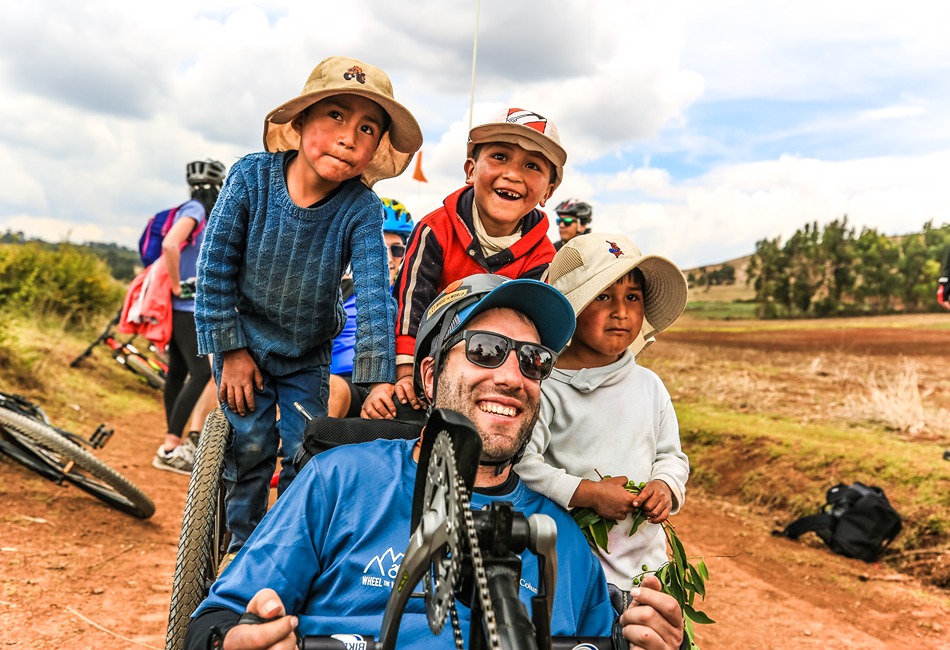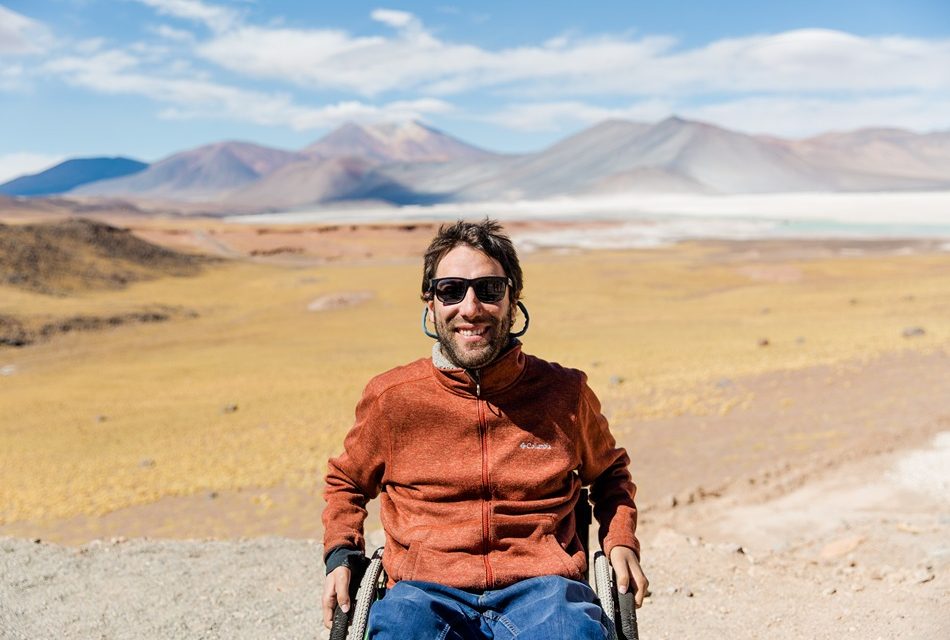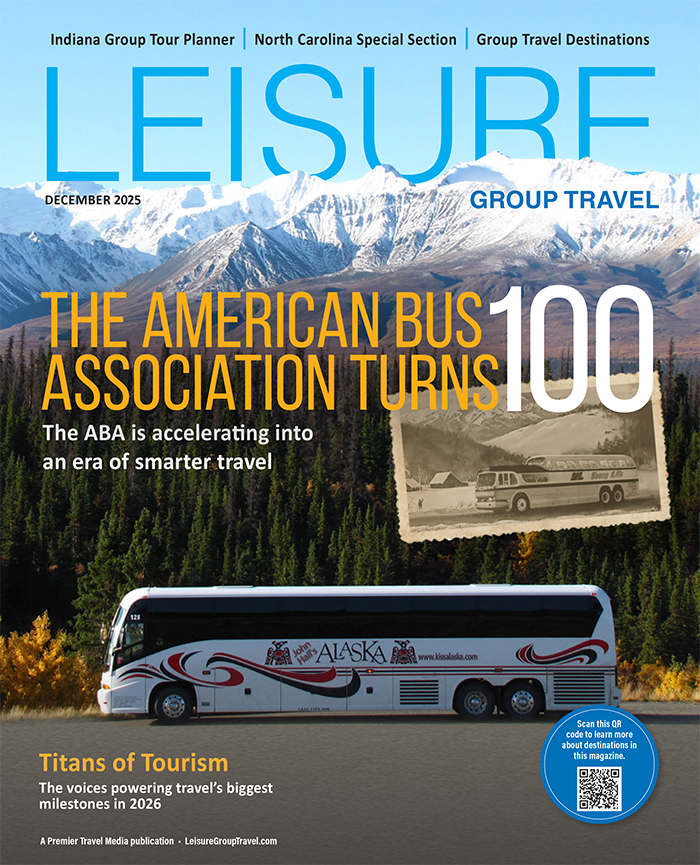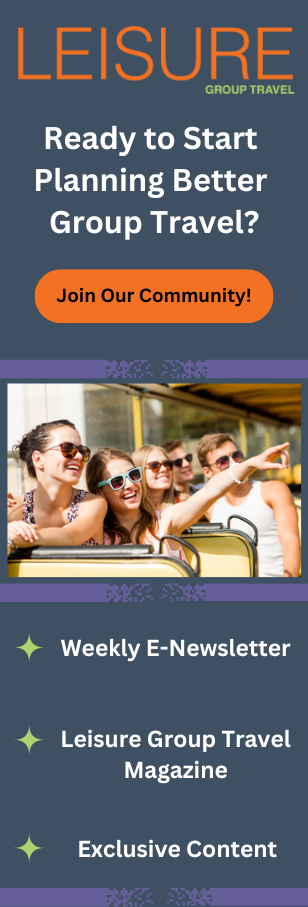Alvaro Silberstein Co-Founder & CEO, Wheel the World
How did you become involved in accessible tourism, and what has your journey been like?
My journey into accessible tourism started from personal experience. After acaraccident left me paralyzed as a teenager, I never lost my passion for travel and adventure. In 2016, I set out to be the first wheelchair user to complete the Torres del Paine trek in Chile, with the support of my friends. That experience opened our eyes to the barriers that travelers with disabilities face—not just physically, but in the lack of reliable accessibility information. That’s what led me to co-found Wheel the World in 2018 with my friend Camilo Navarro, a platform that empowers people with disabilities to explore the world without limits. The journey has been incredible—we’ve enabled over 25,000 travelers to book accessible trips, and we have verified over 5,000 hotels and tourism attractions through our seal of approval Accessibility Verified.
Looking for expert insights and fresh travel ideas? Download the latest issue of Leisure Group Travel for free and start planning your next unforgettable group adventure.
What are some common misconceptions about accessible travel, and what surprising trends or statistics should more people know?
One of the biggest misconceptions is that accessible travel is only for a small niche market. In reality, over 1.3 billion people worldwide live with a disability, and they collectively spend over $ 120 billion per year on travel accommodations and experiences. Another misconception is that accessibility is a one-size-fits-all solution. Every traveler has unique needs—what works for a wheelchair user may not be sufficient for someone who is blind or has a cognitive disability.
Surprisingly, G0% of travelers with disabilities research accessibility before booking, but only 50% find the information they need. That’s why verified accessibility details are essential.
What advice would you give to someone with a disability who is considering their first big trip?
My biggest advice is to plan ahead and research thoroughly. Unlike non-disabled travelers, we can’t just “wing it” and hope for the best. Here are some key steps:
- Check verified accessibility information on platforms like Wheel the World to ensure accommodations, transportation, and activities meet your needs.
- Understand your specific needs and plan in advance.
- Prepare for the unexpected—have a backup plan in case something doesn’t go as expected.
- Travel with a community—connecting with other travelers with disabilities can be a great source of tips and confidence.
Get inspired for your next trip! Access the newest edition of Leisure Group Travel and explore expert recommendations, itineraries, and exclusive travel insights.
Which destinations or countries stand out for their commitment to accessibility, and what can others learn from them?
The United States is the most accessible country in the world and the one investing the most in accessible tourism. Thanks to strong regulations like the Americans with Disabilities Act (ADA) and growing awareness from both public and private sectors, many U.S. destinations offer well-developed accessibility features across hotels, attractions, transportation, and public spaces.
At Wheel the World, we are working with over 100 destinations in the US to verify their accessibility, help businesses improve their offerings, and provide travelers with detailed, reliable information. The key lesson for other destinations is that accessibility is not just about compliance—it’s about creating inclusive experiences that benefit everyone. Countries that embrace this will unlock a massive, underserved market of travelers who are eager to explore the world with confidence.
Other countries are also making strides inaccessible tourism. Spain, for example, has integrated accessibility into many of its historical sites, beaches, and public transport systems, making cities like Barcelona and Madrid some of the most disability-friendly to travel in Europe.
Have you encountered cultural differences in how disabilities are perceived around the world? How has that shaped your travel experiences?
While there are differences among countries, the overall trend is that societies are increasingly recognizing that when people with disabilities have the accessibility they need, their disabilities do not hinder their ability to live fulfilling lives. This shift is positive and helps us understand that including people with disabilities ultimately benefits everyone.
What recent innovations or technologies have significantly improved travel experiences for people with disabilities?
New electric, lightweight mobility devices have made it much easier for people with physical disabilities to move around. Additionally, AI-powered apps enable individuals with sensory disabilities to communicate more effectively, gain a better understanding of their surroundings, and navigate independently.

What gaps still exist in accessible tourism, and what improvements would you like to see in the next five to ten years?
One of the biggest challenges inaccessible tourism is the lack of structured, reliable, and detailed accessibility information. While there are regulations in place to ensure physical accessibility, what’s missing is the requirement for businesses and services to clearly communicate their accessibility features in a standardized and verifiable way.
To bridge this gap, we need:
- More structured accessibility information—hotels, attractions, and transportation providers should be required to disclose detailed, accurate accessibility features rather than using vague or misleading labels like “wheel chair accessible.”
- Better accessibility in transportation, both public and private, to ensure seamless mobility for all travelers.
- Stronger airline policies and infrastructure to prevent wheelchair damage, improve boarding assistance, and guarantee a dignified travel experience.
- More training is needed for hospitality staff to enhance their ability to assist and interact with travelers with disabilities, especially airlines.
If we address these issues, accessible travel can go mainstream, benefiting not only travelers with disabilities but also seniors, families, and anyone facing temporary mobility challenges. Accessibility should not just be a compliance requirement—it should be a competitive advantage for destinations and businesses that embrace inclusivity.
How can travel brands—airlines, hotels, and tour operators—better support and market to travelers with disabilities?
- Invest in accessibility and promote it–Hotels and airlines should proactively improve their accessibility offerings and make them visible int heir marketing.
- Provide accurate information–Travelers with disabilities want detailed, verified accessibility information. Generic “wheel chair accessible” labels are not enough.
- Train staff–Hospitality teams must understand accessibility beyond compliance—how to assist, what barriers exist, and how to ensure a smooth travel experience.
- Collaborate with accessibility experts–Brands should partner with platforms like Wheel the World to verify and improve accessibility.
Most importantly, inclusive travel is not just about compliance—it’s about opportunity. By making travel accessible, brands unlock a huge, loyal customer base.
Don’t miss out on the latest group travel trends. Download your free issue of Leisure Group Travel and stay informed on the best destinations, planning tips, and expert insights.







